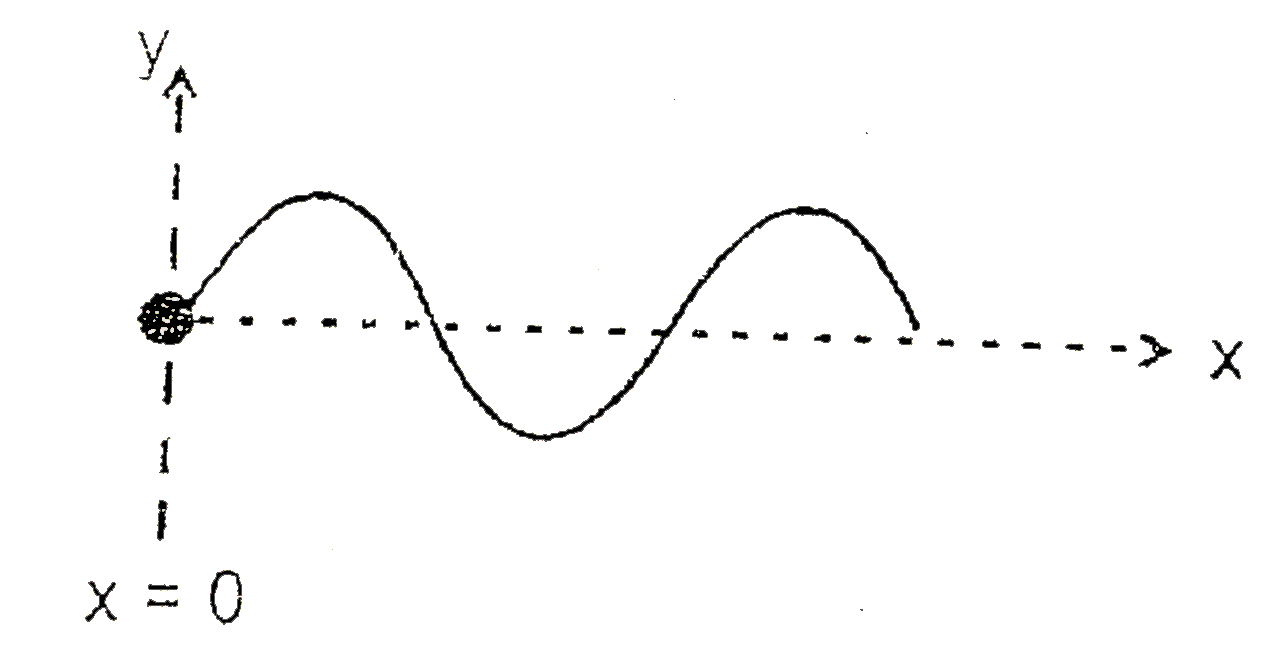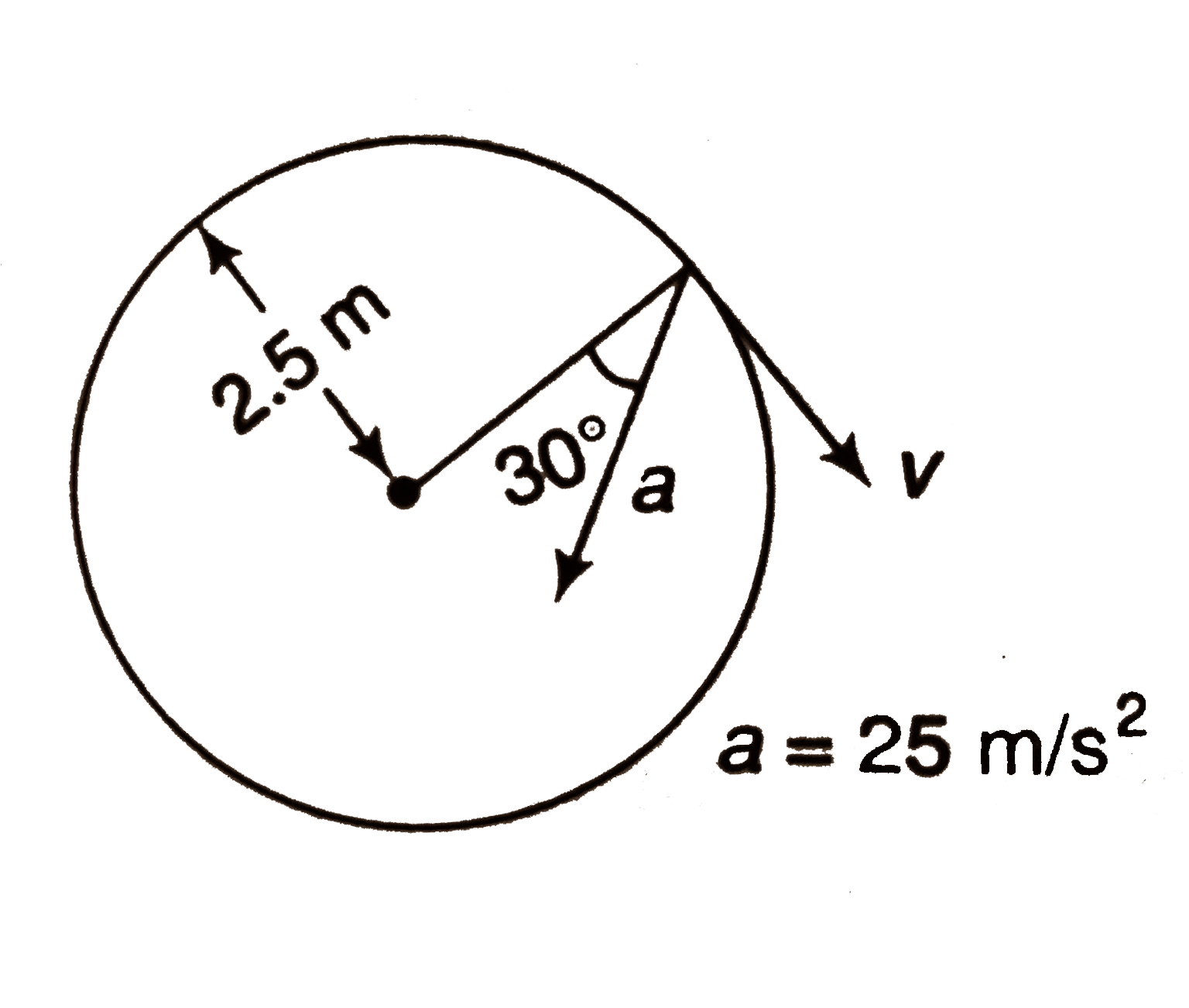The amplitude of a system moving inshm is doubled . Determine the change in (a) total energy (b) the maximum speed (c) the maximum acceleration and (d) the period .
The correct Answer is:(a) quadrupled (b) doubled (c) doubled (d) no change
Step by step video, text & image solution for The amplitude of a system moving inshm is doubled . Determine the change in (a) total energy (b) the maximum speed (c) the maximum acceleration and (d) the period . by Physics experts to help you in doubts & scoring excellent marks in Class 11 exams.
Updated on:21/07/2023Topper's Solved these Questions
- OSCILLATIONS Book:ICSEChapter:OSCILLATIONS Exercise:SELECTED PROBLEMS (FROM TIME PERIOD OF OSCILLATION OF A S.H. OSCILLATOR)
Explore 19 Videos
- OSCILLATIONS Book:ICSEChapter:OSCILLATIONS Exercise:SELECTED PROBLEMS (PERIOD OF OSCILLATION OF (i) A LIQUID IN A U-TUBE, (ii) TEST TUBE FLOAT, (iii) (iii) A PISTON IN AN ENGINE etc.)
Explore 9 Videos
- OSCILLATIONS Book:ICSEChapter:OSCILLATIONS Exercise:SELECTED PROBLEMS (FROM THE CHARACTERISTIC OF SHM)
Explore 14 Videos
- MOTION IN FLUIDS Book:ICSEChapter:MOTION IN FLUIDS Exercise:SELECTED PROBLEMS (FROM POISEUILLE.S FORMULA)
Explore 19 Videos
- PROPERTIES OF MATTERBook:ICSEChapter:PROPERTIES OF MATTERExercise:MODULE 4 ( TEMPERATURE ) UNSOLVED PROBLEMS
Explore 12 Videos
Similar Questions
A particle executing simple harmonic motion has angular frequency 6.28s−1 and amplitude 10cm. Find (a) the time period, (b) the maximum speed, (c) the maximum acceleration, (d) the speed when the displacement is 6cm from the mean position, (e) the speed at t=1/6s assuming that the motion starts from rest at t=0.
View SolutionA particle of mass 2 kg executing SHM has amplitude 10 cm and time period is 1 s.Find (i) the angular frequency (ii) the maximum speed (ii) the maximum acceleration (iv) the maximum restoring force (v) the speed when the displacement from the mean position is 8 cm (vi) the speed after 112 s the particle was at the extreme position (vii) the time taken by the particle to go directly from its mean position to half the amplitude (viii) the time taken by the particle to go directly from its exterme position to half the amplitude.
View Solution
Knowledge Check
A particle executing SHM has a maximum speed of 30 cm s−1 and a maximum acceleration of 60 cm s−1. The period of oscillation is
AπsBπ2sC2πsDπts
A particle executing SHM has a maximum speed of 30cm/s and a maximum acceleration of 60cms2 . The period of oscillation is
View SolutionA particle executing SHM has a maximum speed of 30cm/s and a maximum acceleration of 60cms2 . The period of oscillation is
View SolutionThe amplitude of a particle executing simple harmonic motion with a frequency of 60 Hz is 0.01 m. Determine the maximum value of the acceleration of the particle.
View SolutionThe string shown in figure is driven at a frequency of 5.00Hz. The amplitude of the motion is 12.0cm, and the wave speed is 20.0m/s. Further more, the wave is such that y=0 and t=0. Determine (a) the angular frequency and (b) wave number for this wave (c) Write an expression for the wave funcation. Calculate. (d) the maximum transverse speed and (e) the maximum transverse acceleration of a point on the string.

View SolutionFigur shows the total acceleration and velocity of a particle moving clockwise in a circle of radius 2.5m at a given instant of time. At this instant, find:
(a) the radius acceleration,
(b) the speed of the acceleration,
(c) its tangential acceleration.

View SolutionA train starts from rest and moves with a constant accelerationof 2.0ms2 for half a minute. The brakes are then applied and the train comes to rest in one minute. Find a. the total distance moved by the train, b. the maximum speed attained by the train and c. the position(s) of the train at half the maximum speed.
View SolutionA 5 kg collar is attached to a spring of spring constant 500Nm−1 . It slides without friction over a horizontal rod. The collar is displaced from its equilibrium position by 10 cm and released. Calculate (a) The period of oscillations (b) The maximum speed and (c) maximum acceleration of the collar.
View Solution
